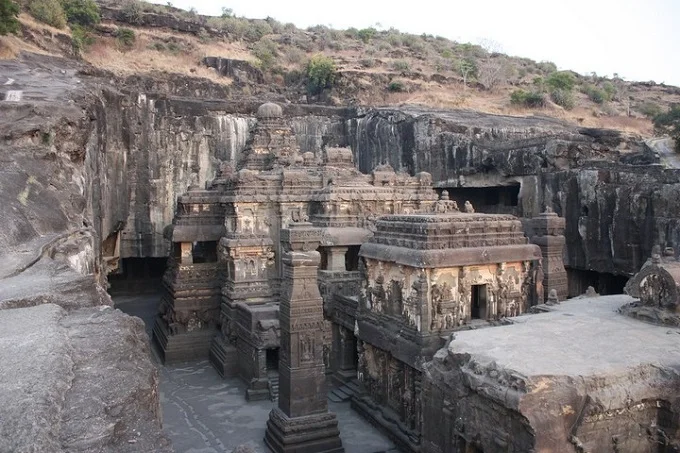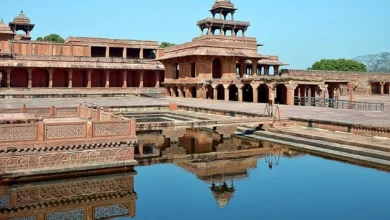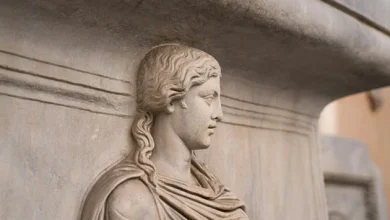Kailash Temple: the world’s largest solid rock structure

The Kailash Temple is the biggest solid rock edifice in the world. The Ellora Caves, Aurangabad District, Maharashtra, India, are home to the world’s biggest collection of rock-cut Hindu temples.
We come across old buildings all over the globe, such as Egypt’s pyramids, Indonesia’s Borobudur, and Mexico’s Pyramid of the Sun. We wonder aloud, “How?” How could humanity have built such massive buildings in ancient times? All of this was accomplished without the sophisticated technology that we have today.
When seeing Stonehenge or other ancient structures, one is instantly struck by the question: what drove humans to build such a structure? When faced with a scenario for which there is no clear explanation, people tend to fall back on the same old narrative, blaming the mystery on a more sophisticated, sometimes extraterrestrial culture.

The fast progress of technology has allowed the past few generations to shed light on some of the mysteries that have been made feasible by it. But, contrary to popular belief, ancient civilizations were much more sophisticated than we imagine. The ancient Hindu Indians, for example, were masters of mathematics and architecture, inventing and developing trigonometry and algebra independently of the Western world.
Experts have yet to translate about 30 million Sanskrit manuscripts. This contains all previous civilizations’ texts together, and if we can just decipher a tiny portion of them, we may just discover solutions to our problems.
Consider how one temple was chiseled out of a mountain, stone by stone, ton by ton, until 200,000 tons were removed in less than two decades. This is how the ancient Kailash temple in Maharashtra, India, came to be.
It is assumed to have been constructed as a monument to Lord Shiva and to represent his abode on Mount Kailash in the Himalayas. According to history, this occurred as a result of the king’s fatal sickness and his queen’s desire to construct a Shiva temple if only her God would hear her prayers and rescue her unfortunate husband from death. Because time was of the essence, the temple had to be finished in less than a week.
Despite the fact that many people believed it was an impossible job, a Marathi history claims that an architect called Kokasa came up with the right solution and constructed the temple in a week, as he promised, cutting the mountain from top to bottom. According to history, the king was rescued due to his resourcefulness.

Although many historians and archaeologists think Kailashanatha was constructed over the course of two decades between 757 and 783 AD, the truth remains that it was cut out of a solid mass of granite by digging the mountain from top to bottom.
The Hindus of the Rashtrakut Empire dug 200,000 tons of rock over the course of two decades employing monolithic excavation.
This implies that if individuals worked 12 hours a day for 20 years, they would have to dig up at least 20,000 tons of stone each year, 1,666 tons per month, 55 tons per day, or 4-5 tons per hour. And that’s just the boulders and dirt that had to be hauled away from the site. Thousands of people labored to make the Kailash temple seem like it belonged to God.
Kailasantaha is really distinctive, standing out among the other 33 rock-carved holy caverns of the Ellora cave complex due to its elaborate design and artistic way of creation.
The majestic Shikhara stands out on top of the carved elephant sculptures, while the inside is packed with numerous statues and reliefs, as well as exquisite carvings etched in nearly every corner. Mount Kailash seems to be carried on the backs of the 30-meter-high pillar and the elephants in the arcades sculpted at the temple’s very bottom, which is really magnificent.

The Ellora cave complex is made up of 34 Hindu, Buddhist, and Jain temples that were constructed at various periods by different civilizations. It’s worth noting that they’re all numbered, but not in any particular sequence. Many archaeologists believe that Kailash is the complex’s oldest building, and some even speculate that it is considerably older than the official date.




